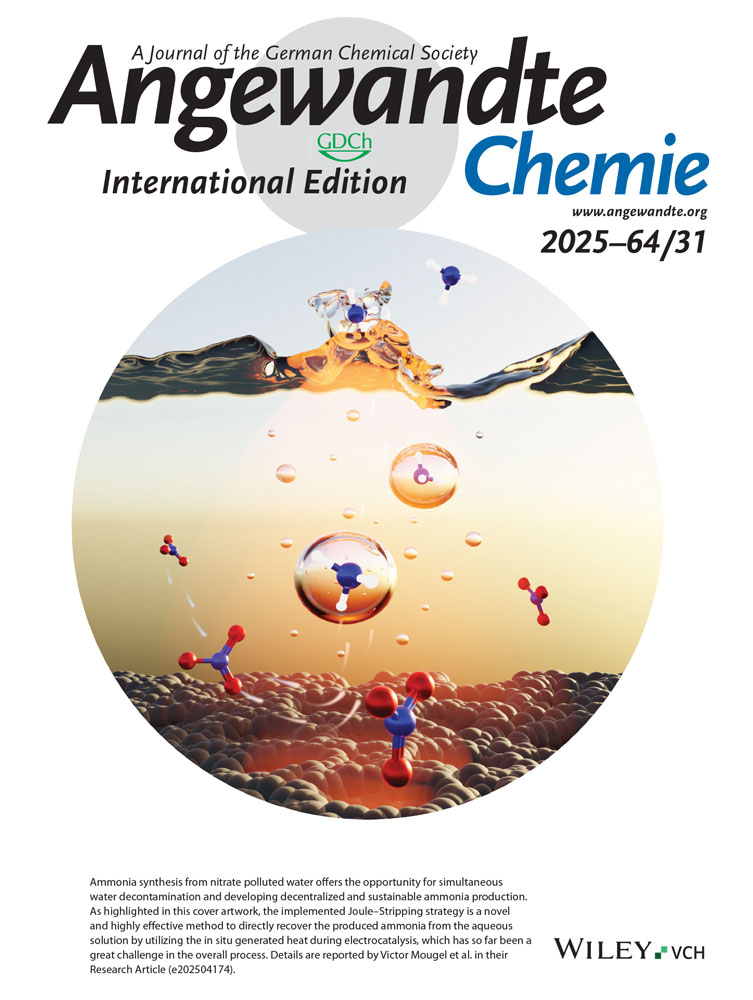Tunable Molecular Assembly Codes Direct Reaction Pathways†
We acknowledge support from the National Institute of General Medicine Sciences (Grant GM065306), the Mass Spectrometry Core Laboratories at WSU for discussions concerning MALDI data, and the WSU Center for NMR spectroscopy for assistance with variable temperature NMR studies. A.D.Q.L. is a former Beckman Young Investigator (BYI).
Graphical Abstract
In the twist: The extent of twisting from planarity in a series of perylenetetracarboxylic diimides (PDIs) modulates the attractive π–π stacking force, revealing an array of inherent molecular recognition codes. Such coded self-assembly directs specific reaction pathways so that a mixture of reactive monomers with different codes results in identical products as when the reactions were carried out in separate flasks (see picture).





